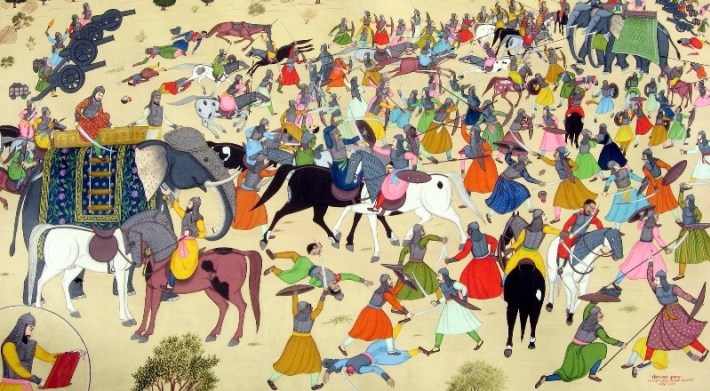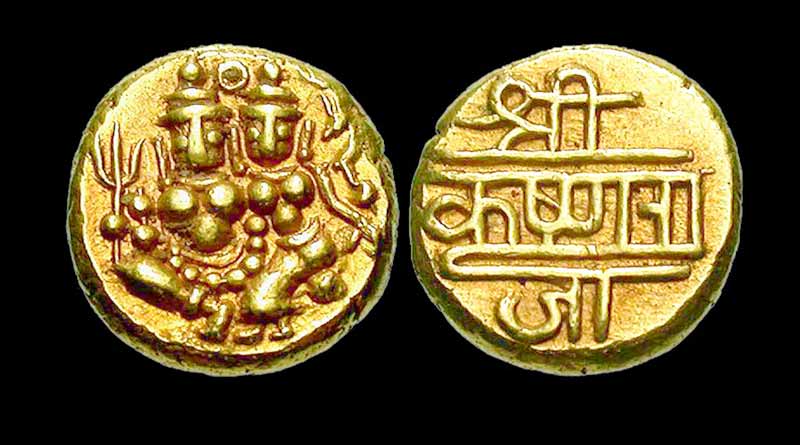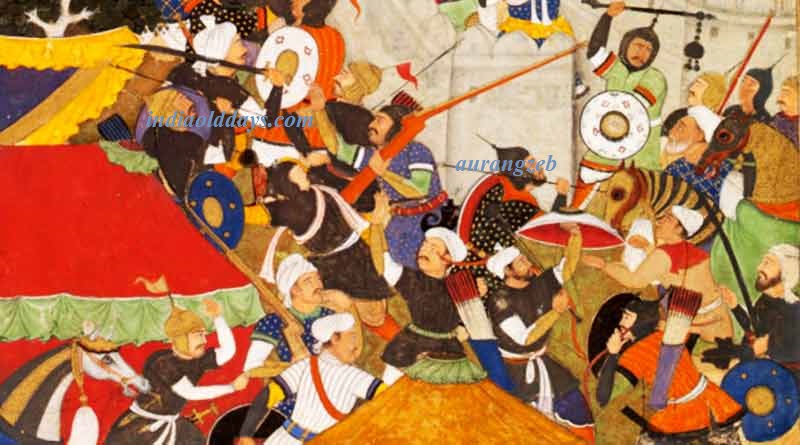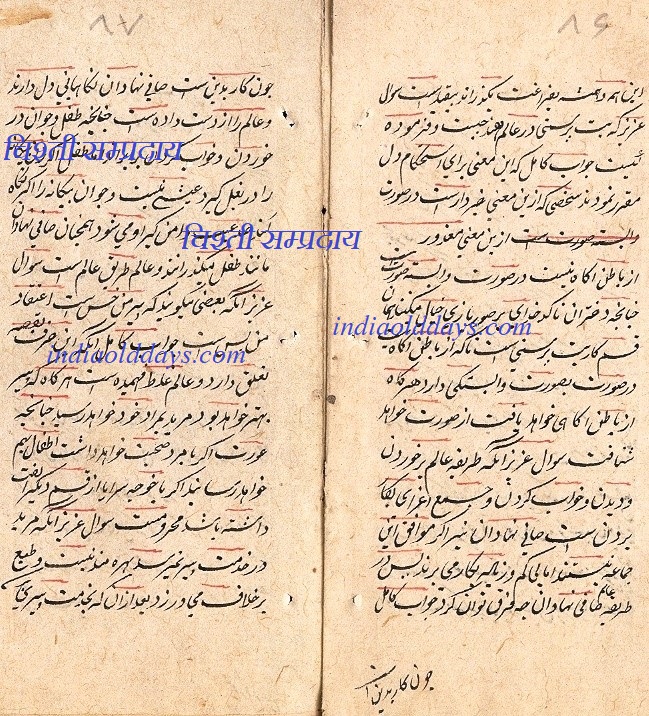Religious policy of Shah Jahan

Other Important Facts-
- What were the major events of Akbar’s period?
- Who was Alberuni?
- History of Khandesh, Barar and Bijapur
Shah Jahan took the side of Islam in the early years of his reign, but in time, Dara and Aaira had become tolerant due to the influence of Aahra.
Jahanara abolished the Sijda and Pivos practice in 1636-37 AD and started the practice of Chahar-Taslim at its place. And refused to wear the king’s picture in the pug.
Shah Jahan initiated Hijri Samvat in place of Elahi Sanvat, Hindus refused to accept Muslim slavery, imposed a pilgrimage on Hindus (though withdrawn some time later) and ended the order of Akbar and Jahangir regarding the killing of prohibition.
Shah Jahan in 1633 AD In order to release the newly built Hindu temples from the entire empire, As a result, many temples were set up in Banaras, Allahabad, Gujarat and Kashmir.
Shah Jahan forced some members of the family of Jujhar Singh to accept Islam of Islam.
Shah Jahan was born in 1634 AD. It prohibited that a Muslim can not be sold in a Hindu society unless he embraces Islam.
When the Portuguese had a war, they gave the Agra churches.
In the 7th year of his reign, he took the order that if you accept Islam, you will get a share of your father’s property.
Shah Jahan established a separate department to make Hindus Muslims.
Shah Jahan met the mausoleum of Mushal Mohammad Sahib with diamonds and jewels worth Rs. 2, 50 thousand rupees and offered 50 thousand rupees to the devotees of Mecca.
Shah Jahan regularly used to donate to Dakshina to the Mullahs and Medinas Mullahs and Fakirs.
But apart from these works, he also did some work which introduces his religious tolerance.
Shah Jahan continued the practice of imposing tilak on the forehead of Jharokha – Darshan, Tuladan and Hindu kings.
Shahjahan ordered the repair of the Chintamani temple in Ahmadabad. And ban on cow slaughter when requested by the citizens of Cambay.
Pandit Jagannath, the author of Rasgangadhar and Gangalahari, was the prince of Shah Jahan. Apart from this, many Hindu writers like Chintamani, Kavindracharya and Sunderdas also lived in his court.
Reference : https://www.indiaolddays.com/





